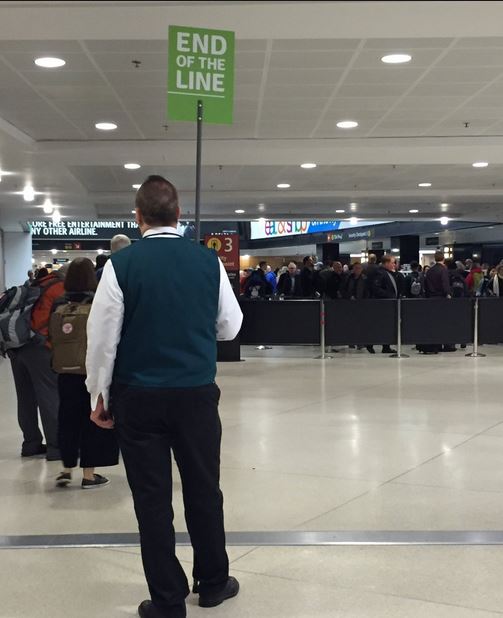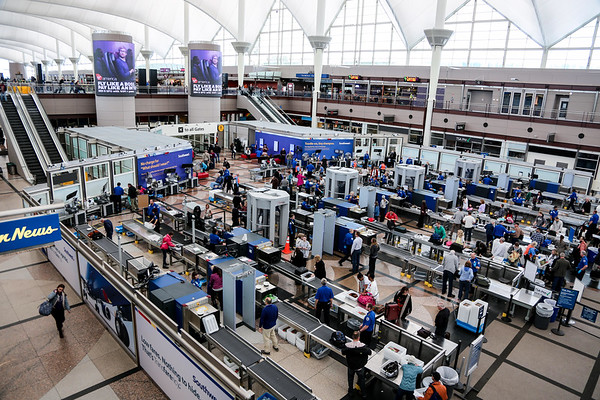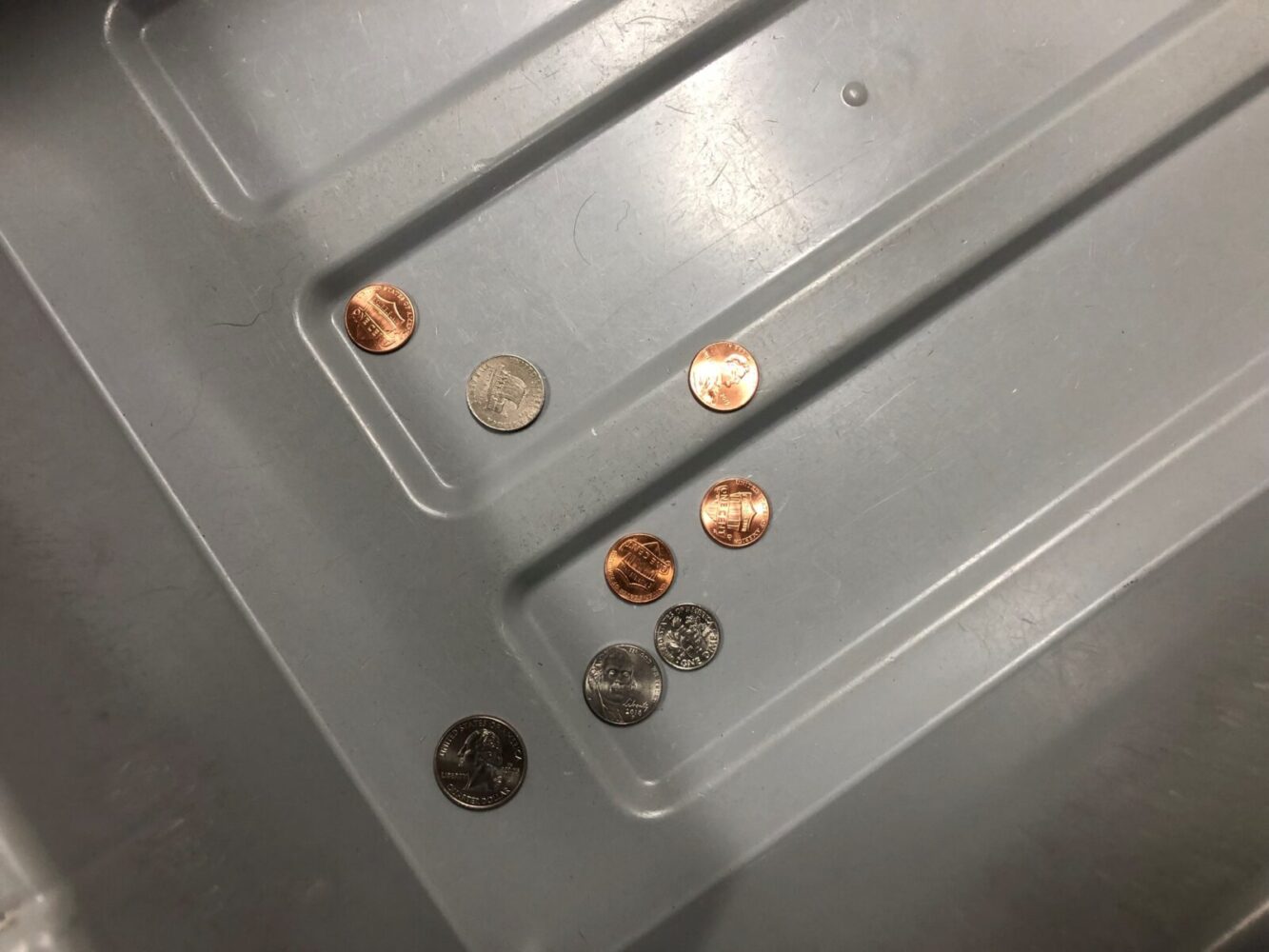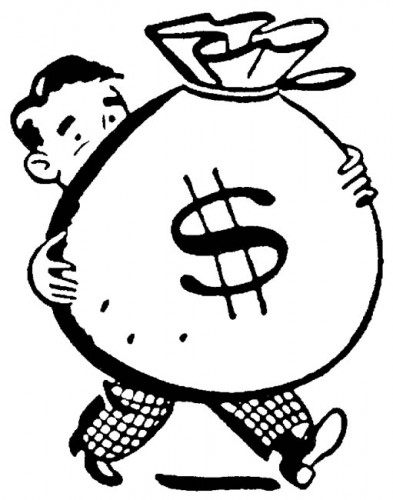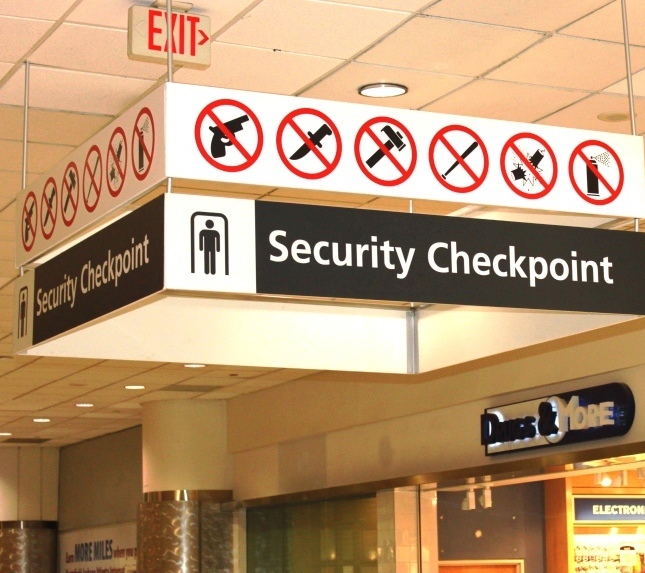
The Transportation Security Administration (TSA) has been screening a record number of travelers and finding lots of firearms as it does.
How many firearms?
For the first half of the year, which ended on June 30, TSA reports that it found 3,269 firearms at airport security checkpoints, an average of 19 firearms a day.
94% of all the firearms found so far were loaded.
During this period last year, TSA found about the same number of firearms: 3,251.
How’s it going now that we’re into the 2nd half of 2024?
In the first 8 days of July, TSA found an additional 166 additional firearms. So we’re off to an alarming start.
Happy 75th birthday to Seattle-Tacoma Int’l Airport

SEA easing into its 75th year
Seattle-Tacoma International Airport (SEA) celebrated a milestone birthday on Tuesday with a day of festivities in the terminal and a look back at opening day.
SEA scavenger hunt
SEA created a terminal-wide scavenger hunt in honor of its 75th birthday.
Here’s the map of where to look for the scavenger hunt items and the list of what to look for next time you’re in the SEA terminal.


